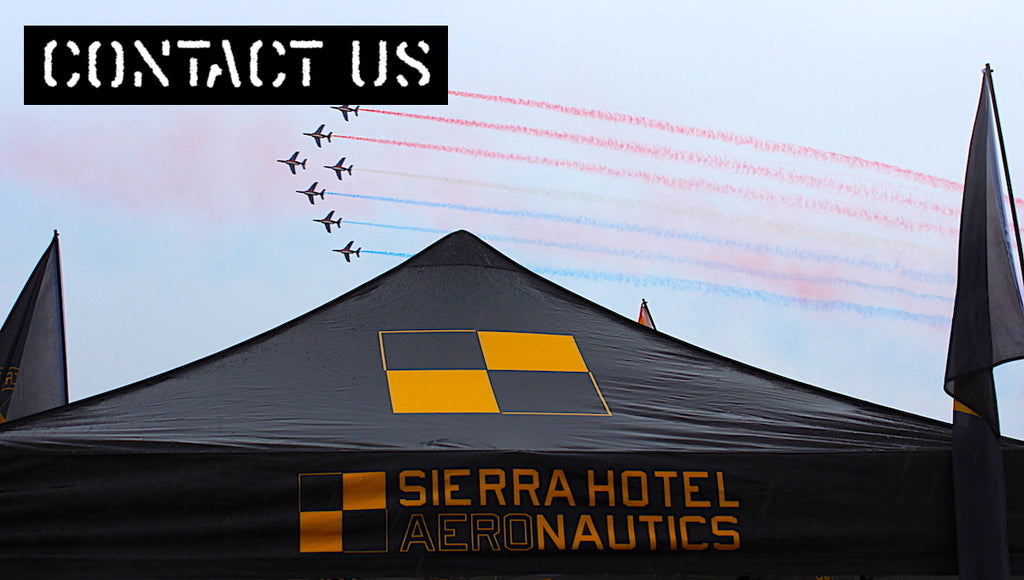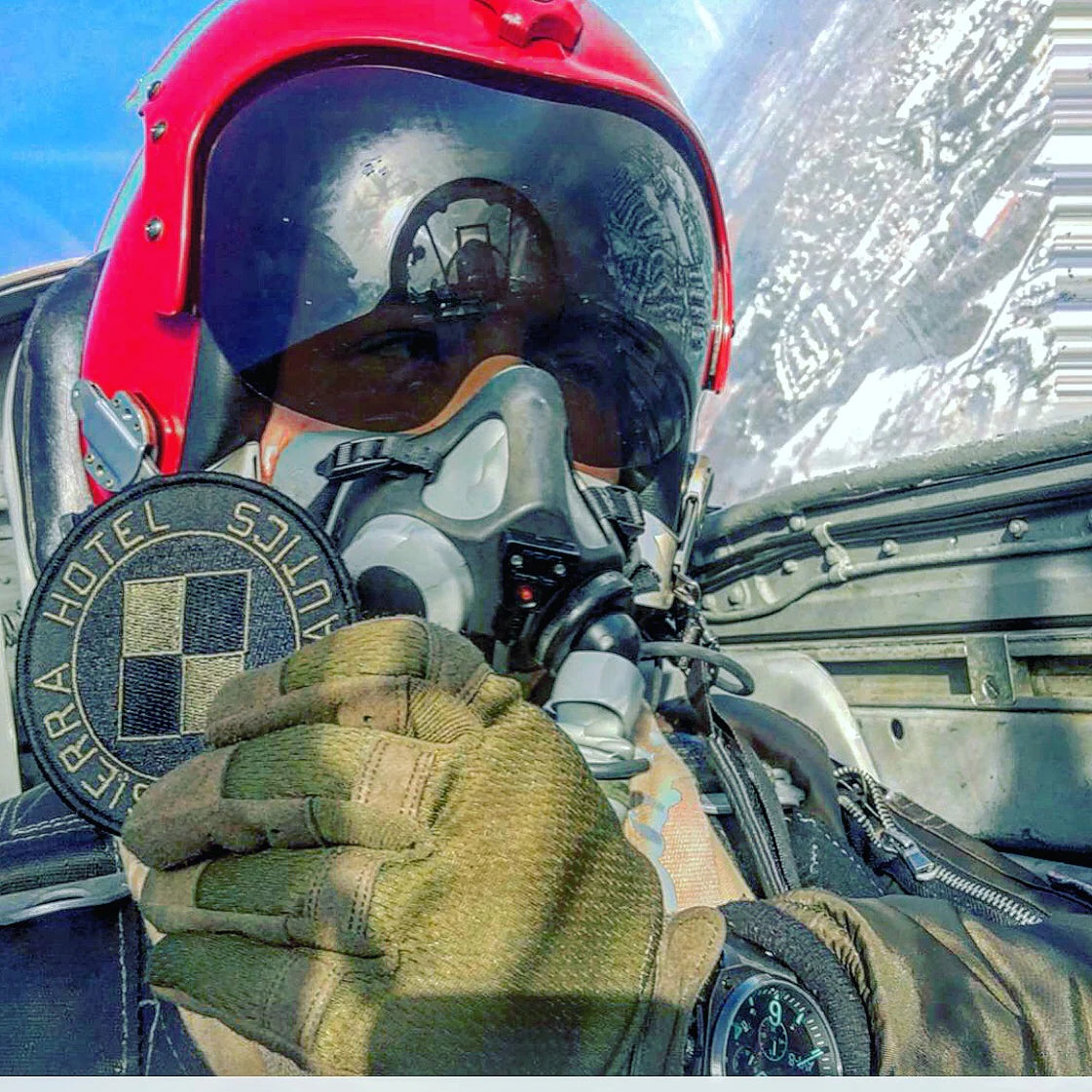SR-71 Blackbird #974 Ichi Ban
On some Pacific Islands, there exists a deadly, black venomous pit viper called the Habu. When the top secret brainchild of Kelly Johnson and the Skunk Works, none other than the world's fastest air-breathing aircraft, the A-12, and later SR-71s first flew into their remote base of Kadena AFB, Okinawa, the local people couldn’t help but notice the strange and menacing shape thundering in the sky. The Titanium monster came to be known as Habu, as did the crews that flew her.

One of the first Habu to appear over Kadena, was Number 974, and on March 21st, 1968, USAF SR-71 #974 flew the First Operational sortie over Vietnam, piloted by Jerry O'Malley and RSO Ed Paine. #974 went on to become the Blackbird who flew the most operational missions, and for each mission flown, a Habu was painted on her side. Once the crew amassed more than 5 Habu snakes, they were considered aces.
In recognition of having the most operational missions, a large Habu, wrapped around a red number 1 was painted on the tails of #974. She became known as “Ichi-Ban” translated to “number one” in the local language.
On April 21st, 1989, Blackbird #61-17974, better known as “Ichi-Ban” departed Kadena on a mission. At the controls were Pilot Lt. Col Dan House, and RSO Blair Bozek. As #974 accelerated through three times the speed of sound, the left compressor bearing froze, causing the immediate disintegration of the port engine, and resultant explosion from the catastrophic failure sending shrapnel through critical hydraulic lines.
Lt Col House managed to slow #974, and even descend below 10 thousand feet. Both crew ejected safely and were quickly rescued by local fishermen in the waters below.
Only one of the two section seats from Habu #974 was recovered. According to legend, the other ejection seat, having never been found, was being used by a local tribal chief as his personal throne.

As SR-71 Operations came to a close in 1990, the DET 1 commander had a plaque placed on a hill that overlooked the base, which to be known as “Habu Hill”
This vantage point is dedicated to the magnificent SR-71 Blackbird, known worldwide as the Habu. The first SR-71 arrived at Kadena Air Base on 9 March 1968 and the last aircraft departed on 21 January 1990. Throughout those twenty-two years, the Habu roamed Pacific skies unchallenged in war and peace to insure the freedom of the United States and her allies. Habu Hill stands as a memorial to the SR-71, the special men and women who sustained its strategic reconnaissance mission and to all people who gather here and know that jet noise is truly the sound of freedom.
You know the part in 'High Flight where it talks about putting out your hand to touch the face of God? Well, when we're at speed and altitude in the SR, we have to slow down and descend in order to do that.
— USAF Lt. Col. Gil Bertelson, SR-71 pilot













My dad was Chief mechanicFor prep and Indians for world speed record 19 7 6
dear sir, in the photo of the sr-71 pilots having their neckties cut, its the crewchief cutting them don person not chief master sergant bill gornick. i was a hahu ground crew sgt. who worked for both of them. Chief bill gornick is deceased, i dont know about cc person. when i served with him he was a tech sgt. yours truly sgt g. kalnas 9th oms 9th strat.wing USAF 1966-1070 ol-8 HABU the sr- 71 in the photos 974 ichiban #1 i use to service that bad boy at kadena in the start of ol-8 I had 6 tdy’s to the rock.
Leave a comment